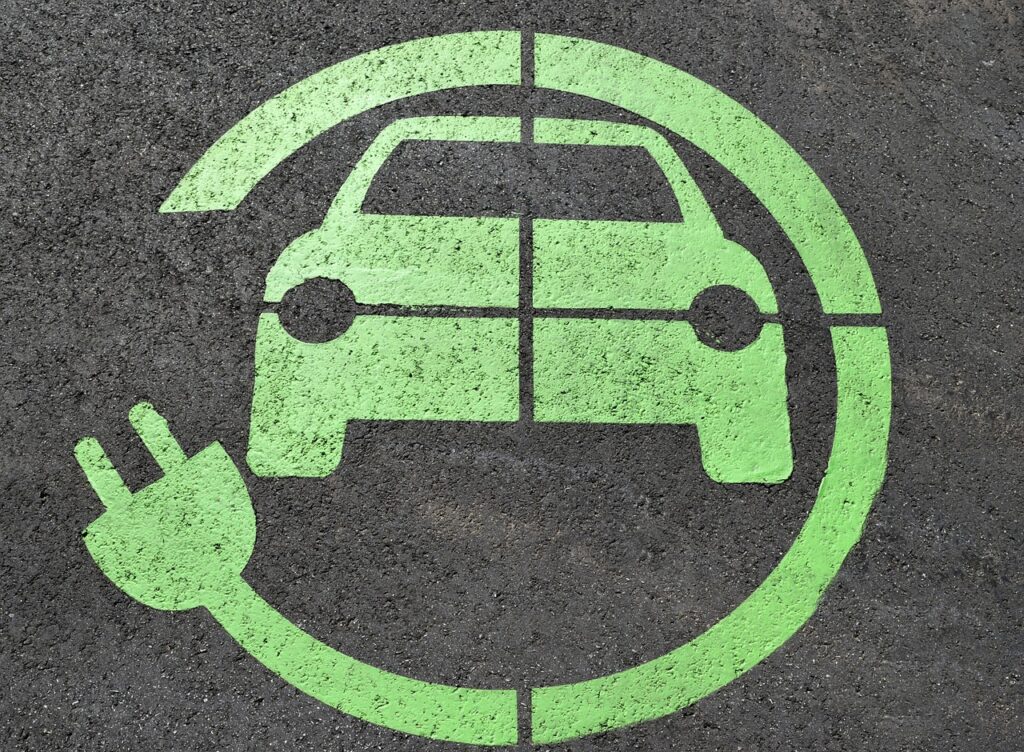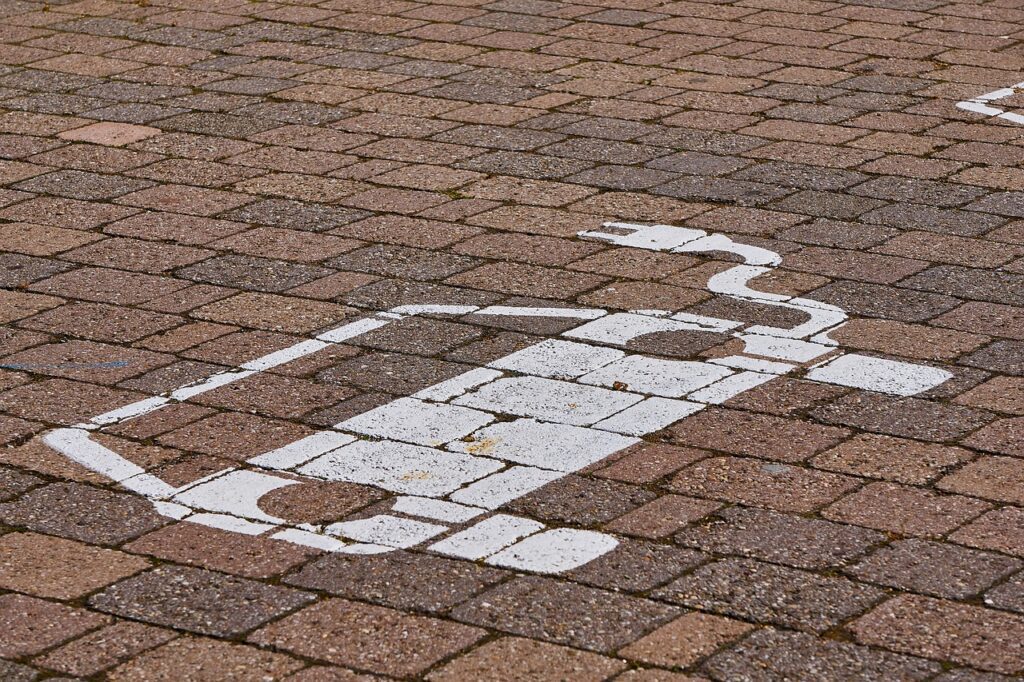Share on Social Network!
Exploring the dynamic landscape of India’s EV charging sector, this piece delves into the transformative trends driving change. it navigates through government initiatives and innovations like Smart Energy Management Systems and Vehicle-to-Grid (V2G) technology. This exploration reveals the evolving nature of the EV ecosystem as it confronts and conquers challenges on the road to sustainable energy solutions.


Electric Vehicles and Smart Management
Electric vehicles (EVs) are making a significant impact on India’s energy landscape. Government projections estimate an 80% penetration of EV sales for two and three-wheelers. With a projected 45.5% CAGR in EV sales from 2022 to 2030, the EV-Ready India dashboard expects a surge from 2022’s 6,90,550 electric two-wheelers to an estimated 1,39,36,691 by 2030.
While the benefits include reduced emissions and enhanced energy efficiency, challenges remain, including grid pressure and infrastructure limitations. Innovations in technologies like the Smart Energy Management System are crucial for efficient energy balancing, utilizing advanced algorithms and cloud-based platforms to shift charging based on dynamic factors.
Smart Charging Technology: Optimizing the EV Charging Process
Smart charging technology optimizes the charging process for both electric vehicle (EV) drivers and the energy grid. It uses communication, control technologies, and data to adapt charging based on grid conditions, energy needs, and user preferences. This technology facilitates Vehicle-to-Grid (V2G), allowing EVs to discharge excess electricity back to the grid during idle times, reducing dependence on fossil fuels and making EVs more sustainable and cost-effective.
Vehicle-to-Grid (V2G) Technology: Adding Flexibility to the Power Grid
With the government aiming for 1.32 million EV charging stations by 2030, V2G technology becomes vital. It helps stabilize the grid by absorbing excess renewable energy and feeding it back during peak times. V2G enhances energy resilience, integrates distributed energy resources, and plays a pivotal role in transitioning to a sustainable energy future.
Effective Utilization of EV Batteries for Grid Services
EV batteries, even after their vehicle service life, retain significant capacity. This “second life” can support the power grid in various ways:
- Balancing power in renewable energy systems.
- Managing peak loads and replacing traditional power plants.
- Providing flexibility to the transmission grid, ensuring stable operation during contingencies.
- Offering quick responses to changes in demand and supply, supporting services like frequency response and load-following.
Addressing Standardization in EV Charging Infrastructure
The Indian government is actively promoting EV adoption through subsidies, tax exemptions, and charging infrastructure development. Steps to address standardization include Bharat EV Standards, CEA Regulations, and BIS standards for lithium-ion batteries. Open-source charging standards like OCPP promote communication between different charging stations, making it user-friendly for EV drivers.
Distributed Ledger Technology (DLT): Enhancing EV Charging Ecosystem
DLT enhances security, transparency, and automation in EV charging transactions. It provides a decentralized and secure platform for transactions, making it more reliable than traditional systems. DLT improves data visibility, automates payment settlements through smart contracts, and enables peer-to-peer transactions without central authority.
Digital Integration Hub (DIH): Streamlining Technology and Business Integration
A DIH aggregates data from diverse sources, creating a unified view for effective data integration and analytics. It accelerates innovation, simplifies system modernization, reduces costs, and ensures compatibility with hybrid and multi-cloud architectures. DIH benefits technology and business integration by offering scalability, resilience, and rapid deployment of new applications and services.
Regulatory and Policy Considerations for a Successful EV Charging Ecosystem
To ensure a successful EV charging ecosystem, key considerations include:
- Public education campaigns to promote EV benefits.
- Safety standards and regulations for EV charging stations.
- Clear rules for data privacy and security.
- Adoption of standardized charging equipment and communication protocols.
- Financial support for EV charging infrastructure deployment.
- Facilitation of joint ventures and public-private partnerships.
- Implementation of cybersecurity measures.
Technological Breakthroughs and Trends in the EV Charging Ecosystem
Technological advancements and trends shaping the EV charging ecosystem include:
- Vehicle-to-Grid (V2G) technology for two-way charging.
- Sophisticated smart charging solutions for optimized processes.
- Affordability and convenience of wireless charging technology.
- Proliferation of ultra-fast charging stations for quick top-ups.
- Widespread adoption of bidirectional charging for V2G programs.
- Integration of solar-powered charging stations for sustainable energy.
In conclusion, the evolution of India’s EV sector is marked by innovations in technology, smart management, and supportive policies. As the country embraces a greener future, the integration of smart solutions and cutting-edge technologies will play a pivotal role in revolutionizing the EV charging ecosystem.
Share on Social Network!


